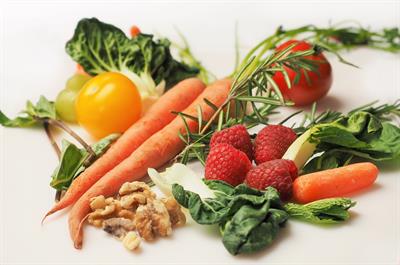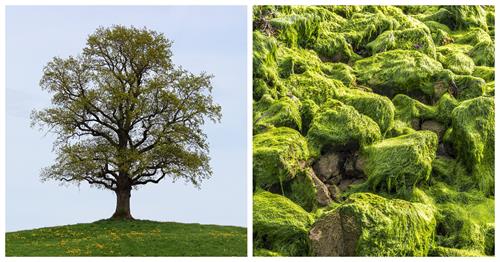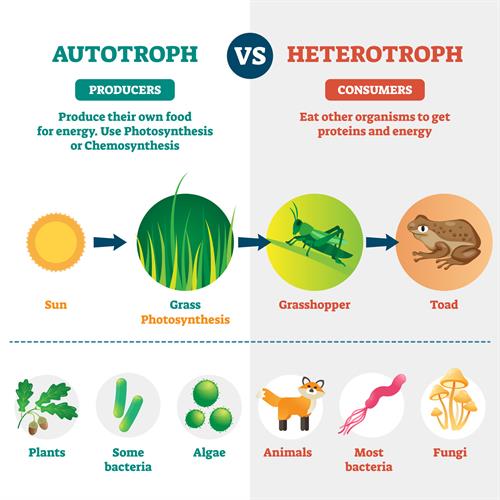
PUMPA - SMART LEARNING
எங்கள் ஆசிரியர்களுடன் 1-ஆன்-1 ஆலோசனை நேரத்தைப் பெறுங்கள். டாப்பர் ஆவதற்கு நாங்கள் பயிற்சி அளிப்போம்
Book Free DemoImagine playing with your friends for three hours straight without eating anything. You may feel drained or very tired after your game. Do you have any idea why you are exhausted? You have utilised the majority of your body's energy. As a result, you will intake glucose-rich foods, like fruit juices, to provide you with more energy.
Now we have a question, what is it in fruit juice or glucose that can help you regain your strength?
There are many nutrients in fruit juice that can provide energy to our bodies.
Nutrition refers to the ingestion of food and the resulting processes in our bodies to provide energy.
We get our food from plants and other animals. We, as humans, can perform amazing feats with the help of science and technology. And with all of our intellect, we won't be able to synthesise our food.
In this chapter, we will be learning about nutrition in plants.
Food is essential for the survival of living beings. We need a rich source of nutrients such as carbohydrates, proteins, fats, vitamins and minerals to grow and develop the human body properly.

Nutritive materials
Food that we consume plays a vital role in repairing the damaged body parts or fighting against diseases.
The components of food that are necessary for our body are called nutrients.

Different types of nutrients
Mode of nutrients: Nutrition is the mode of food consumption by a living being and its utilisation by the body.
There are two different modes of nutrition:
- Autotrophic nutrition
- Heterotrophic nutrition
Autotrophic nutrition: In this type of nutrition, the plants produce the food using different substances like sunlight, water, carbon dioxide and stores it as starch (auto - self; trophos - nourishment).
Example:
Plants (tree bearing fruits) and algae

Left to right: a tree, an algae
Heterotrophic nutrition: In this nutrition, organisms consume plants or other animals (heteros - another; trophos - nourishment).
Example:
Human beings, birds and animals (cow eating grass).

Difference between autotrophs and heterotrophs
Important!
Info bit about cell:
All living things are consists of small units called cells; It is the smallest structural and functional unit of an organism.
Cells require the nutrients such as proteins, vitamins , carbohydrates for their functioning which gives us energy. These nutrients are obtained from the food.
- The number of cells varies in all living organisms. A few organisms are made up of only one cell. Hence it is called unicellular organisms.
- The organisms that are made up of more cells are called multicellular organisms.The cell membrane (plasma membrane) is a thin outermost layer that surrounds the cell.
- The nucleus is a distinct, centrally located spherical (round) structure.
- The cytoplasm is a jelly-like material that surrounds the nucleus.
Reference:
https://pixabay.com/photos/tree-spring-nature-season-seasons-740901/
https://pixabay.com/photos/algae-green-brittany-plant-colors-2484265/
https://pixabay.com/photos/cow-landscape-grass-field-prairie-2132526/
https://pixabay.com/photos/dog-young-dog-puppy-280332/
https://pixabay.com/photos/robin-bird-songbird-garden-bird-2926546/
https://pixabay.com/photos/algae-green-brittany-plant-colors-2484265/
https://pixabay.com/photos/cow-landscape-grass-field-prairie-2132526/
https://pixabay.com/photos/dog-young-dog-puppy-280332/
https://pixabay.com/photos/robin-bird-songbird-garden-bird-2926546/